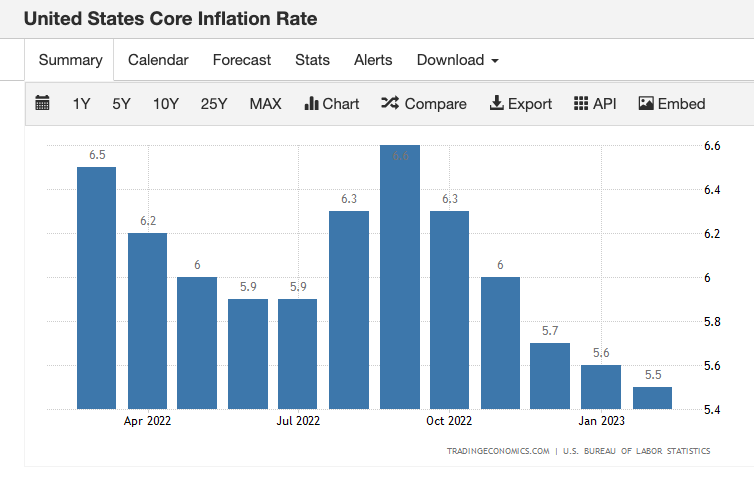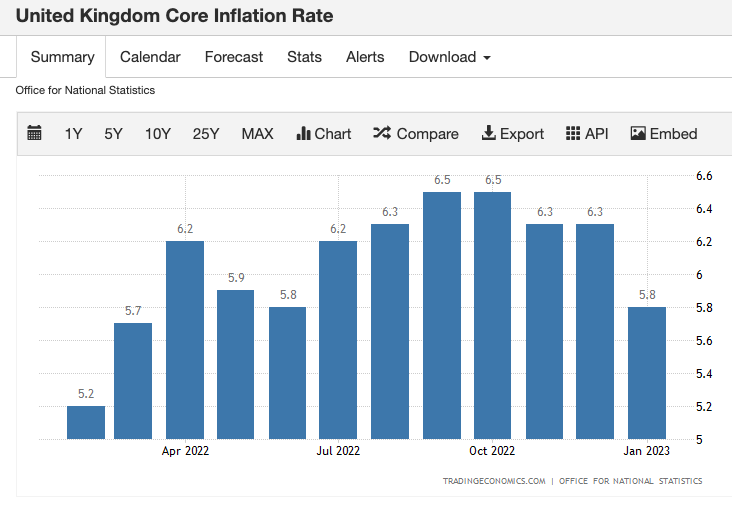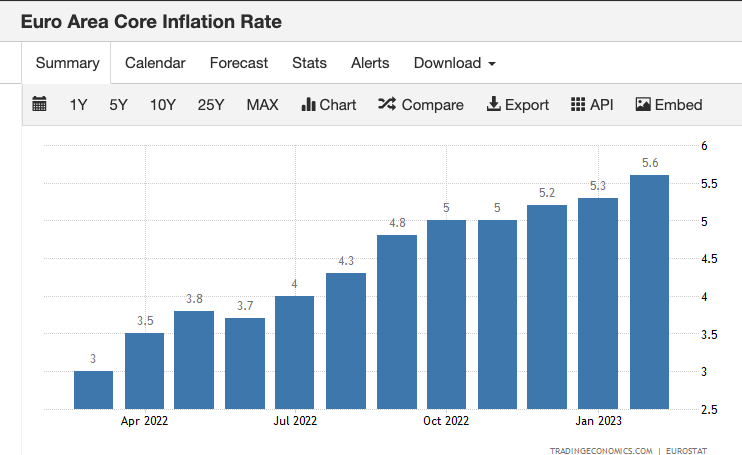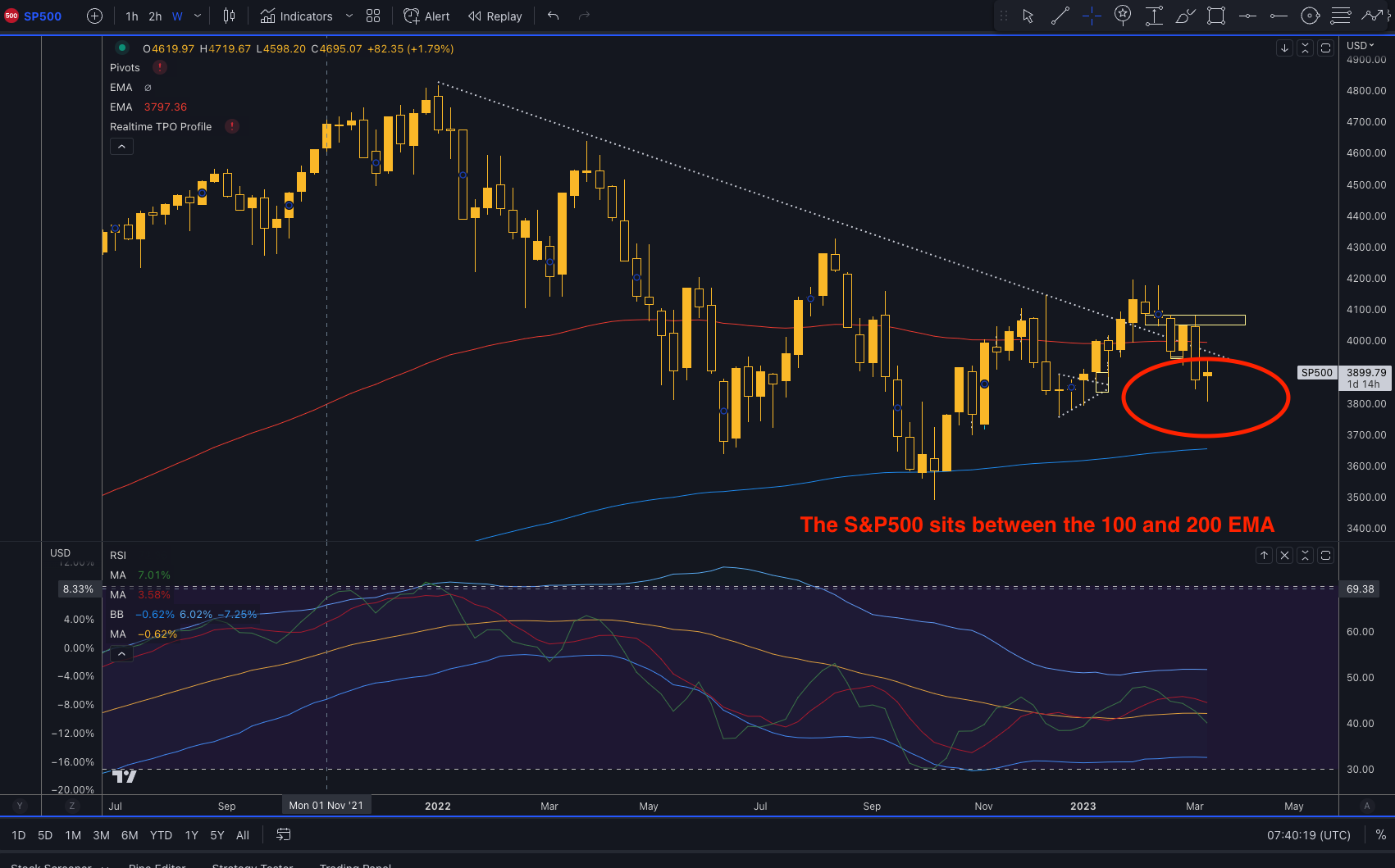Next week the Federal Reserve, Bank of England, and Swiss National Bank all meet. This time last week the SVB crisis was just dropping onto markets and since that time the decision for central banks has just got a lot harder. The fallout from the Credit Suisse crisis on Wednesday just underscored the difficulty for central banks. Do they hold back on hiking interest rates due to strains in the economy? Or do they keep hiking so inflation doesn’t get out of control?
Invariably in markets, someone always thinks a central bank has ‘got it wrong’. In an ideal world, with hindsight, all decisions can be made with 20/20 vision. It’s easy looking backwards to know what decision you should have made. However, in reality, it is usually more down to luck than skill when the timing is perfect in these decisions. That does not take away from the difficulty of their decision though and here are some of the factors influencing them.
The lag effect
Are the SVB crisis and Credit Suisse the first signs of economic activity being crushed? The answer is, ‘yes’. So, the next question is how many more banks will be affected. If the Fed hikes rates by 50bps next week will there be more banks under strain. Will investors start moving deposits from ‘riskier’ banks? The risk of contagion is real and when it happens, it happens very quickly.
The inflation fight
It’s not over. So, with the Fed backing up the SVB and the SNB supporting Credit Suisse will this type of ‘propping up’ keep global inflation pressures rising? If it doesn’t hike rates, will the core inflation rates around the world just keep rising? Core rates have been generally quite stubborn around the world. The US core was 5.5% for February.
The UK’s core inflation was 5.8% for January.
The Eurozone’s core inflation was 5.6% for February and is still trending higher.
So, the risk is that core inflation becomes entrenched if the central banks take their foot off the gas too quickly in terms of raising rates. However, what is ‘too fast’? The drop in the labour market numbers post-covid has kept wages firmer, so price pressures are still ‘in the system’.
The importance of next week
The pressures on central banks underscore the importance of next week and also the next moves for markets. After huge amounts of rate re-pricing over the last 7 days, one thing is for sure – expect volatility next week over the Fed’s meeting. Watch stocks and precious metals closely as some near-term trends could be set depending on how aggressive or otherwise central banks decide to be.
Our products and commentary provides general advice that do not take into account your personal objectives, financial situation or needs. The content of this website must not be construed as personal advice.
Recommended Content
Editors’ Picks
EUR/USD fluctuates in daily range above 1.0600

EUR/USD struggles to gather directional momentum and continues to fluctuate above 1.0600 on Tuesday. The modest improvement seen in risk mood limits the US Dollar's gains as investors await Fed Chairman Jerome Powell's speech.
GBP/USD stabilizes near 1.2450 ahead of Powell speech

GBP/USD holds steady at around 1.2450 after recovering from the multi-month low it touched near 1.2400 in the European morning. The USD struggles to gather strength after disappointing housing data. Market focus shifts to Fed Chairman Powell's appearance.
Gold retreats to $2,370 as US yields push higher

Gold stages a correction on Tuesday and fluctuates in negative territory near $2,370 following Monday's upsurge. The benchmark 10-year US Treasury bond yield continues to push higher above 4.6% and makes it difficult for XAU/USD to gain traction.
XRP struggles below $0.50 resistance as SEC vs. Ripple lawsuit likely to enter final pretrial conference

XRP is struggling with resistance at $0.50 as Ripple and the US Securities and Exchange Commission (SEC) are gearing up for the final pretrial conference on Tuesday at a New York court.
US outperformance continues

The economic divergence between the US and the rest of the world has become increasingly pronounced. The latest US inflation prints highlight that underlying inflation pressures seemingly remain stickier than in most other parts of the world.



